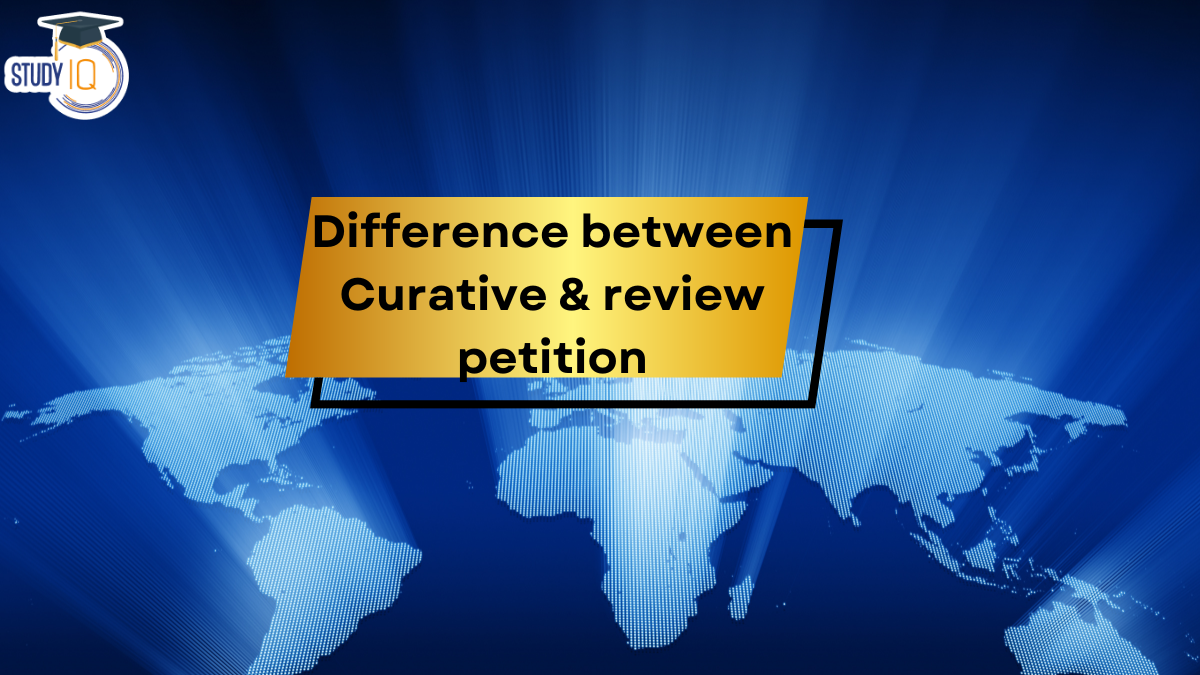Table of Contents
Context
A Special Bench of the Supreme Court has recalled its previous judgement with respect to the benami property law.
Difference between Curative & Review petition
| Aspect | Review Petition | Curative Petition |
| Purpose | To seek a re-examination of a judgement based on specific grounds like errors of law or fact. | To address fundamental injustices after all other remedies have been exhausted. |
| Origin | Explicitly provided under Article 137 of the Constitution. | Evolved from judicial interpretation in the case of Rupa Ashok Hurra vs. Ashok Hurra (2002).
Not Explicitly Provided in the Constitution. |
| Filing Timeline | Must be filed within 30 days of the judgement. | No specific time limit; can be filed after a review petition is dismissed. |
| Hearing Process | Usually decided by the same bench that delivered the original judgement without oral arguments. | First circulated to the three senior-most judges of the Supreme Court, along with the judges who delivered the original judgement in the case (if available). SC may allow open court hearings if requested. |
| Conditions | Any aggrieved party can file.It must specify grounds for review. | Requires certification by a senior advocate and proof of violation of natural justice principles. |
Other Types of Petitions
- Special Leave Petition (SLP): Under Article 136, this petition allows any person to seek special permission to appeal against any judgement or order from any court or tribunal in India.
- Writ Petition: Filed under Article 32, it seeks enforcement of fundamental rights.
Mercy Petition: This is filed under Article 72 by convicts seeking clemency from the President of India after exhausting all legal remedies including review and curative petitions.


 GPS Spoofing and Its Impact in India: A ...
GPS Spoofing and Its Impact in India: A ...
 Amrit Gyaan Kosh Portal: A Comprehensive...
Amrit Gyaan Kosh Portal: A Comprehensive...
 UpLink Initiative: Launched by World Eco...
UpLink Initiative: Launched by World Eco...





















